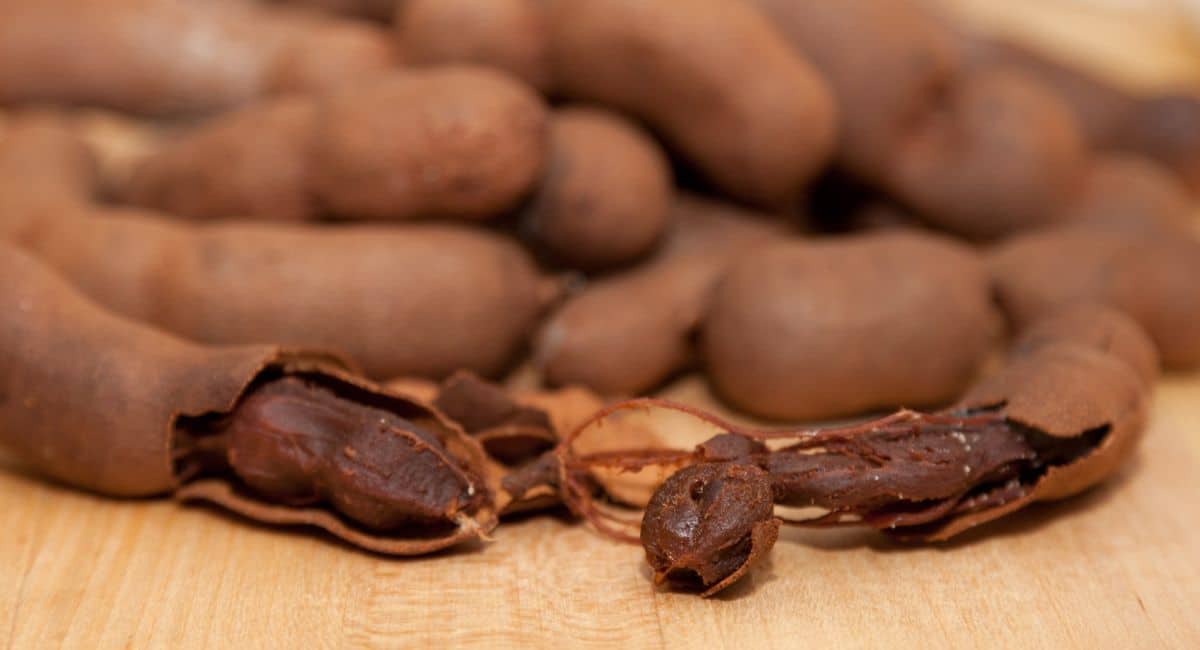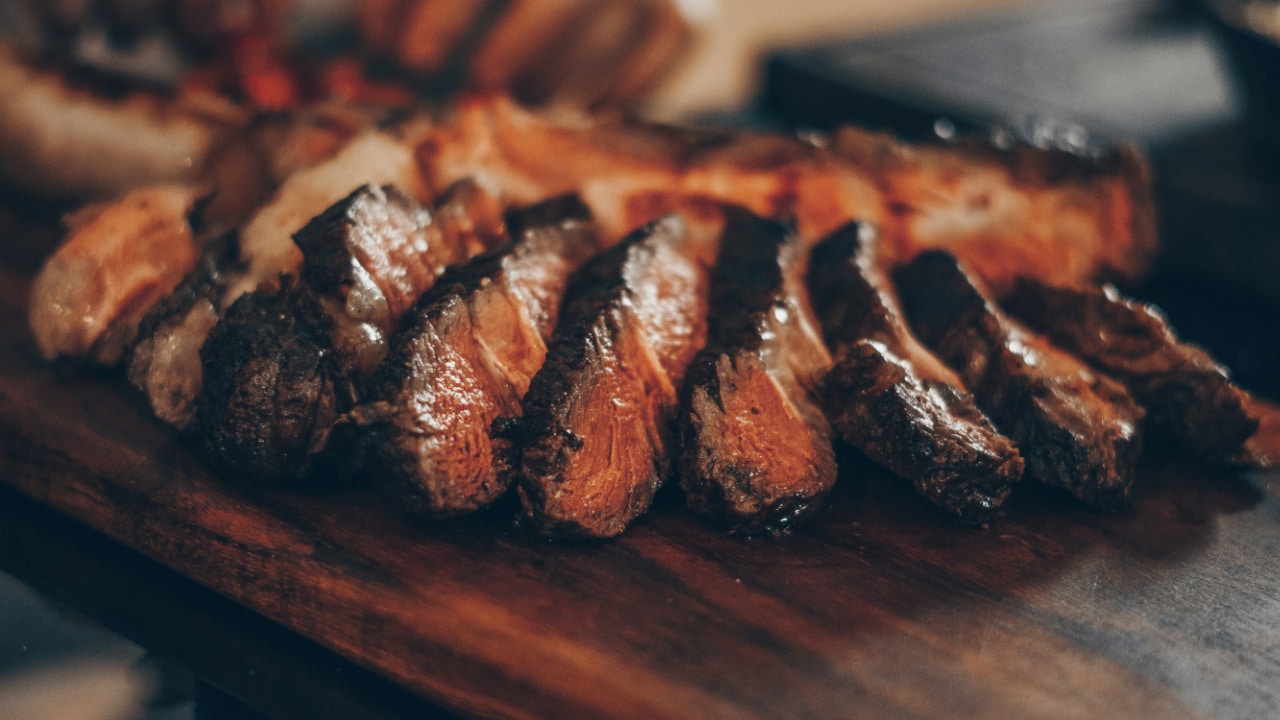True or False: Horchata Has Its Roots in Rome and North Africa?
It’s impossible to resist a plate of homemade mofongo, a cup of freshly-made horchata, a bowl of steaming hot sancocho, or a pitcher of delicious agua de jamaica.
The Latin American diaspora is filled with mouthwatering dishes and drinks that would melt even the toughest critic, but have you ever wondered where those dishes originated?
While most well-known Latin American dishes were perfected in the respective countries and islands with which they are often associated, the roots of those dishes go back hundreds, even thousands, of years to every part of the world from Southeast Asia to North and West Africa.
Some of this information was brought to light in a recent TikTok video from user @deffnotantt, an Afro-Latino content creator who focuses on historical and cultural tidbits that shed light on the ways that cultures have bled into one another over the centuries.
While some of the video’s points are up for debate, we want to expand on a few standout facts.
Horchata

In the original TikTok video, @deffnotantt asserts that horchata was created in North Africa and was extremely popular throughout the region. In places like Nigeria and Mali, what we know now as horchata was called Kunun Aya and consisted mostly of tiger nuts, coconut, and dates, according to a recipe on Dobby’s Signature.
The video also claims that Kunun Aya was introduced to Mexico through Spanish and Portuguese traders, and was eventually developed into the horchata we know and love today.
This is all true! However, another version of horchata made with milked barley originated in Ancient Rome. This drink was called “hordeata,” which translates to “drink made from barley,” according to the National Library of Medicine. Both drinks made their rounds throughout Europe before the Spanish and Portuguese traders introduced the drink to Mexico.
The most interesting part of the horchata we drink now is that its invention was kind of an accident. The tiger nuts used to make Kunun Aya were also known as chufas, according to Research Gate. When the traders made their way across the Atlantic, they forgot to bring the chugas with them and instead used rice, resulting in the horchata recipe’s signature ingredient.
Although it’s never been confirmed, the rumor is that the closest known comparison to horchata, linguistically, came from a 13th-century king named James of Aragon, who tried the drink and exclaimed, “Açò no es llet, açò és or, xata!” According to the Seattle Times, this can be roughly translated to, “This is not milk, it’s gold, girl!”
So, when you think about it, but not too hard, horchata basically means “Gold Girl.” The real question is, did Dorothy, Rose, Blanche, and Sophia know about this?
Tamarind

Tamardino, also known as agua de tamarindo, is a hugely popular drink throughout Latin America, but mostly in Mexico, which is also known as its country of origin. And while that is true to some extent, the tamarind plant has a rich origin story on not one, but two different continents.
Although the TikTok video is correct in saying that tamarind originated in tropical Africa, a claim that is corroborated by an official write-up on the plant from Purdue University’s horticultural department, some have theorized that the tamarind plant actually originated in India, or was at least introduced so early on that the country has a legitimate claim in regard to the plant’s indigenity in more than one part of the world.
Regardless, tamarind’s presence in both India and Sudan made it a worldwide phenomenon adopted by African, Indian, Arab, and Latin American communities alike. The plant is even known as “tamar hindu” in Arab nations, which translates to “Indian date.” Mexico alone is home to 10,000 acres of tamarind plants in states like Jalisco, Oaxaca, and Veracruz.
Plantains (and also Mofongo)

This is where it gets really interesting. Plantains are, obviously, a Latin American staple. From platanos to tostones to mofongo to pasteles, plantains are a huge part of the diaspora’s cuisine and are one of the most popular ingredients in a variety of dishes, mostly because of their starchy quality.
It’s widely known that plantains were introduced to Latin America through West Africa, but the lineage of this particular fruit goes back even further than that, to Southeast Asia. Because they are still widely used in much of West Africa and throughout Latin America, it makes sense that these are the regions with which plantains are most identified.
But the plantain, which comes from the Musa genus, has its roots in the tropical regions of Southeast Asia and Oceania, where it was then introduced to West Africa before making its way to Latin America, so says a textbook called “Genomics of Tropical Crop Plants.”
As far as what those plantains are used for today, dishes like mofongo have their origins in the African fufu, a doughy food native to West Africa. The idea behind mofongo (a bowl of mashed plantains) spread throughout West and Central Africa, before making its way to Puerto Rico with the Central African ethnic groups that would come to populate the island.
The word mofongo actually derives from Kikongo, a Bantu language native to the Democratic Republic of the Congo. The word mfwenge-mfwenge means “a great amount of anything at all,” most likely in reference to the large number of mashed plantains that are used to make it.
There you have it! Latin American dishes have originated from around the world and the idea of a global, cultural melting pot really comes to life when tracing back the origins of something as integral as a specific culture’s cuisine.




